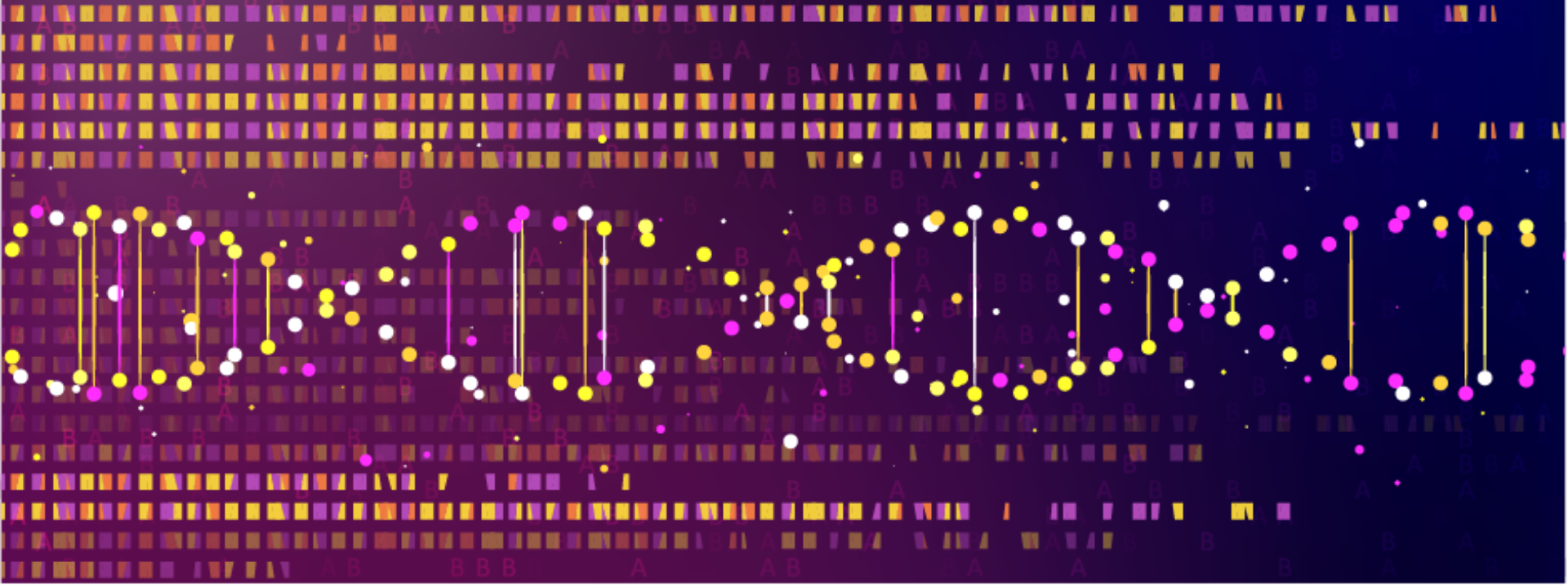University of Edinburgh Scientists Demonstrate Value of Open-Source MAD7™ Enzyme
Here at Inscripta, our vision for expanding access to digital genome engineering has always been broader than developing an automated benchtop system. We want to lower all barriers to entry for biologists who could use this approach to improve the world. That’s why, in December 2017, we publicly released a proprietary CRISPR enzyme called MAD7.
Unlike commonly used enzymes such as Cas9, MAD7 is available to commercial and academic researchers with no up-front licensing fees or prohibitive reach-through royalties on products made using the enzyme. We were honored when MAD7 was named one of the Top 10 Innovations of 2018 by The Scientist.
Now, scientists have begun publishing results of experiments incorporating MAD7, and we are pleased to see how successful they’ve been with it. In a paper published this year in the journal Biotechnology & Bioengineering, scientists at the University of Edinburgh and Ingenza who were funded by the Industrial Biotechnology Innovation Centre demonstrated the utility of MAD7 using the model organism Bacillus subtilis. In it, lead author Marcus Price, senior author Susan Rosser, and collaborators describe the challenge of conducting CRISPR experiments with nucleases associated with high royalties and fees. “A major drawback for the commercial use of Cas9 is the IP landscape requiring a license for its use, as well as reach‐through royalties on the final product,” they write, pointing out that Cpf1 nucleases face the same challenge. That’s why the open-source MAD7 enzyme “is of great interest,” the authors add.
For this project, the scientists aimed to validate the utility of MAD7 for editing the genome of B. subtilis and to engineer a catalytically inactive variant of MAD7 for use in CRISPR interference experiments. Previously, MAD7’s functionality had been demonstrated in E. coli, S. cerevisiae, a human cell line, and zebrafish.
In B. subtilis, the authors found that CRISPR-based editing with MAD7 was primarily driven by the same homologous recombination machinery activated by Cas9. “The MAD7‐mediated genome editing efficiency determined by targeting amyE (93%) and gfpmut3 (100%) was comparable to the commonly used Cas9 nuclease,” the team notes, adding that the two enzymes’ killing efficiency was also similar. “This indicates that MAD7 is a viable alternative to Cas9 for strain development of the industrial workhorse B. subtilis.”
Price et al. also designed the first reported variant of MAD7 that is catalytically inactive, which they call dead MAD7 or dMAD7. This can be used for CRISPR interference experiments requiring targeted or multiplexed transcriptional downregulation. In addition, the scientists write, “a catalytically inactive variant of MAD7 has the potential to be combined with inactive dCas9 and/or ddCpf1 based tools to enable the construction of increasingly sophisticated synthetic biology genetic circuits.”
“An attractive feature of MAD7 is its freedom to use for industrial R&D and commercial strain construction,” the team concludes. “This has the capacity to disrupt the slow commercial uptake of genome editing technologies … in sectors that were put off by licensing and royalty fees associated with for instance Cas9 and Cpf1 CRISPR nucleases, such as large‐scale fermentation biotechnology.”
We caught up with Price and asked for his take on how this project will make a difference for the CRISPR community. “We were excited to expand the CRISPR toolbox for the use of MAD7 in Bacillus subtilis as this is one of the key industrial workhorse microorganisms currently in use,” he told us. “CRISPR has the capacity to greatly increase the rate by which industrial strains are constructed. Our hope is that this exemplification, and the intrinsic open-source nature of MAD7, will hasten the development of new and existing strains for use within industrial processes providing environmentally friendly solutions to global problems.”
Full reference for this publication:
Price MA, Cruz R, Bryson J, Escalettes F, Rosser SJ. Expanding and understanding the CRISPR toolbox for Bacillus subtilis with MAD7 and dMAD7. Biotechnology and Bioengineering. 2020;117:1805-1816. https://doi.org/10.1002/bit.27312

